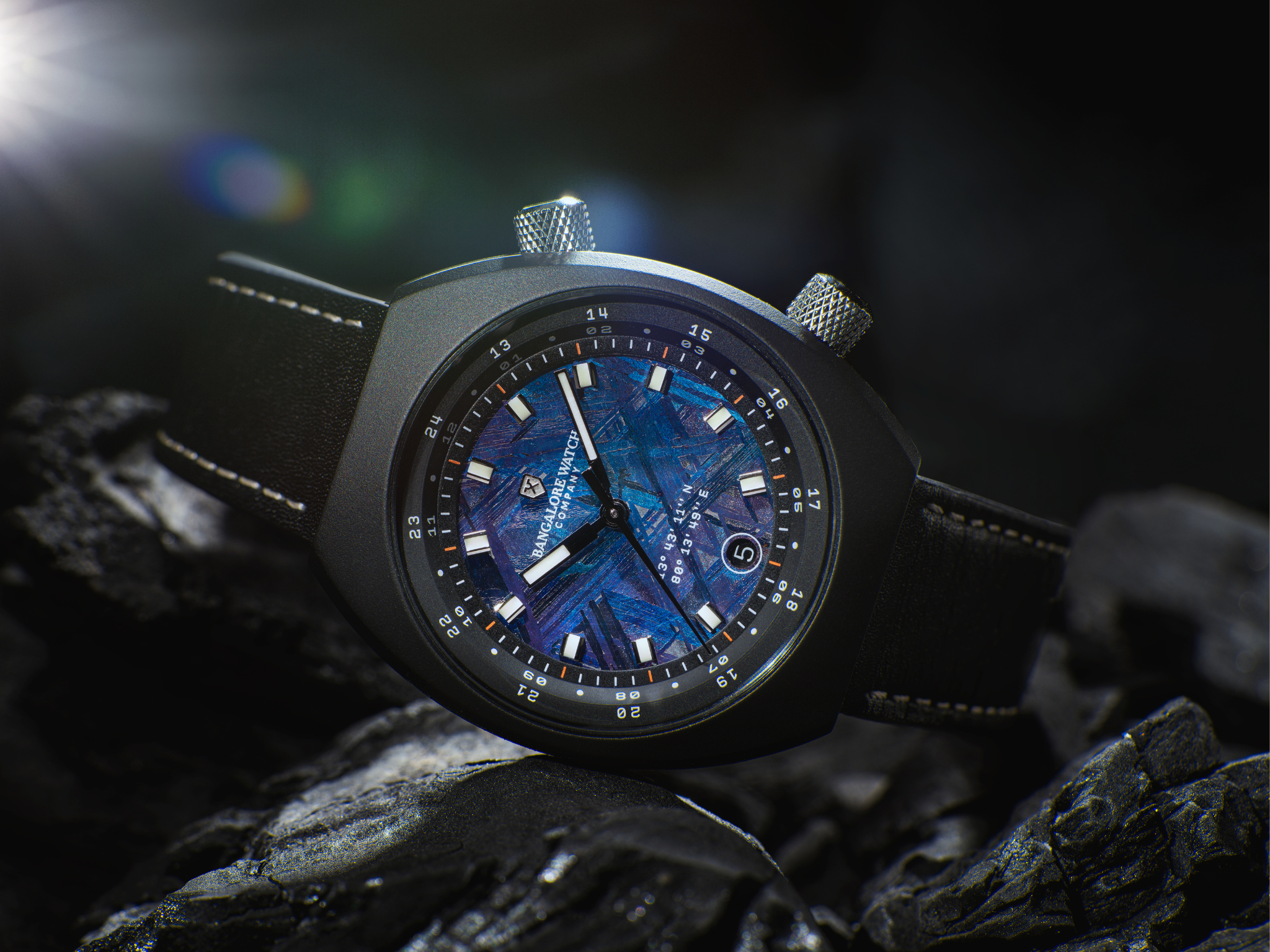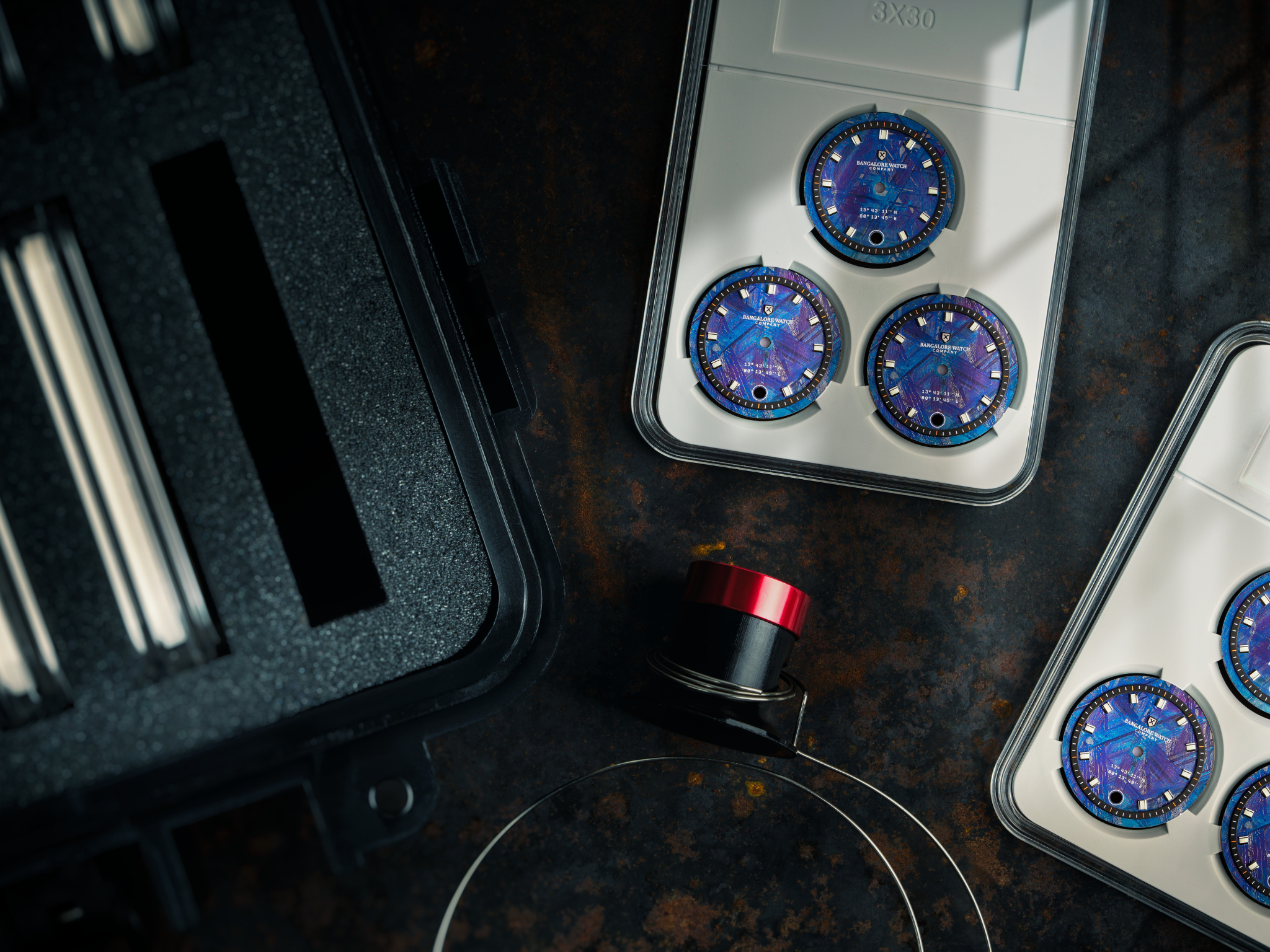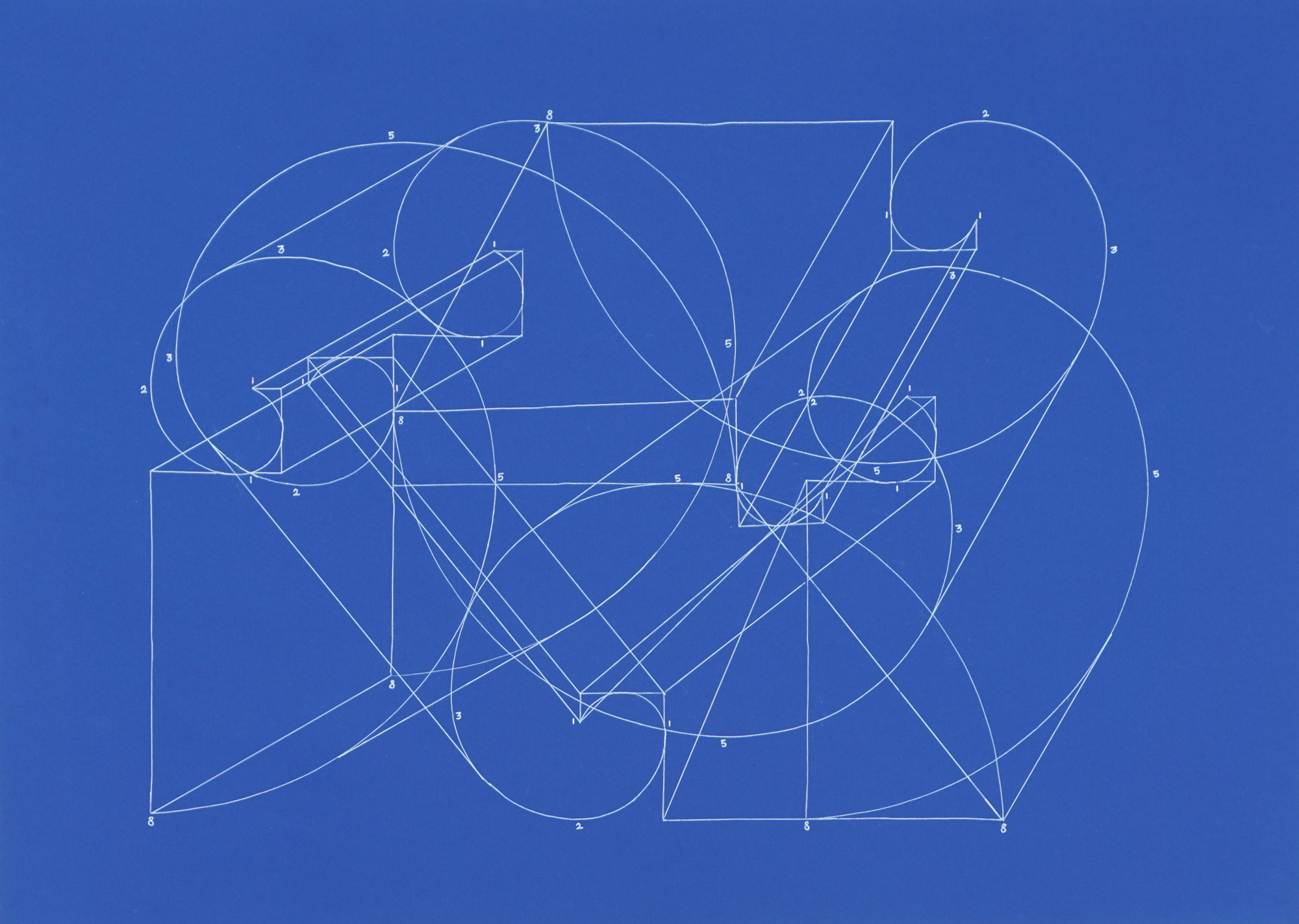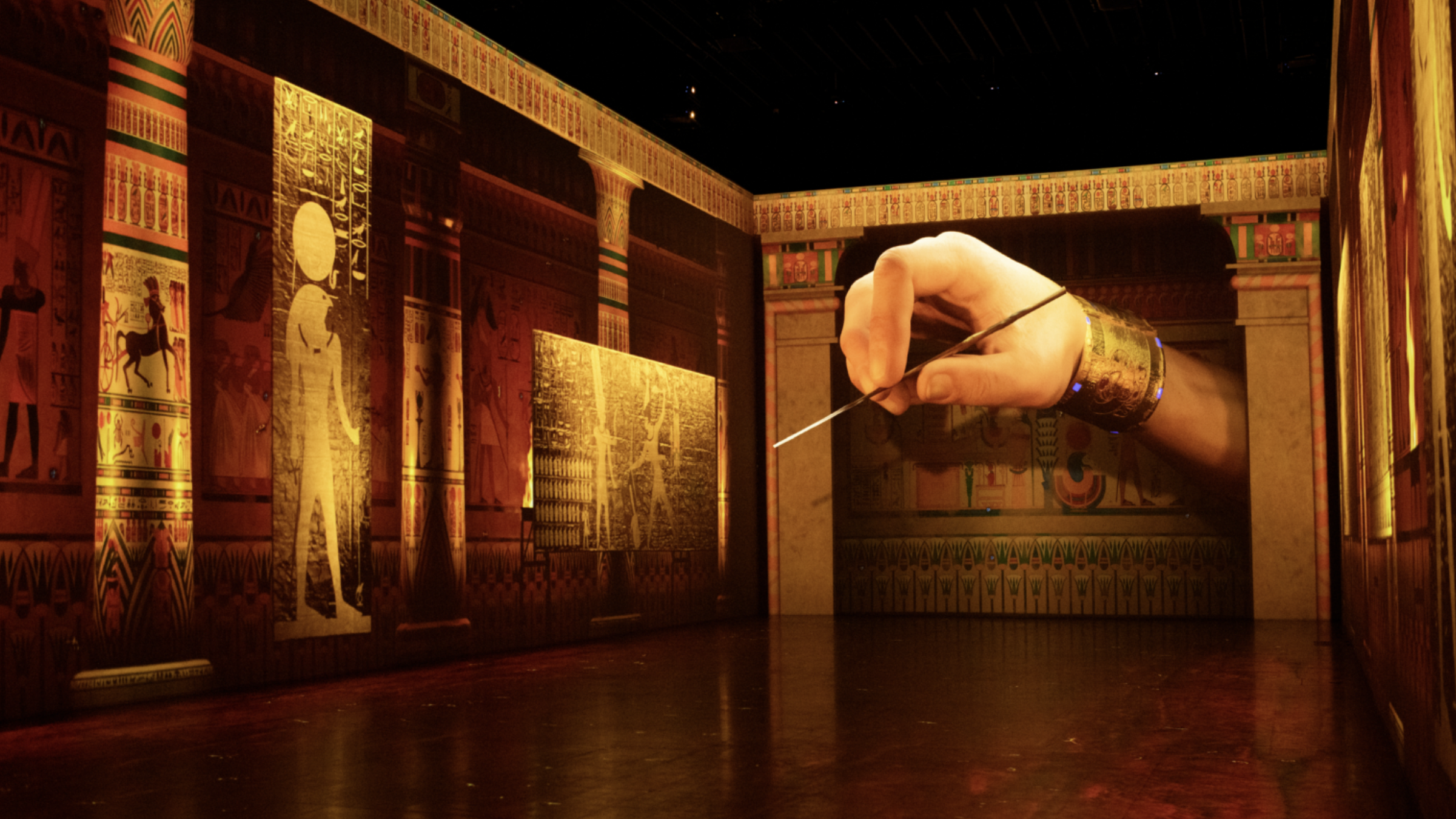As Nirupesh Joshi was pacing in his office up and down, waiting for a call. His team looked on from outside nervously, wondering. Joshi had been brewing something for the past 18 months, and this was the moment when he would get to know if it worked or not. He got the call. He heard it. And then continued pacing up and down. Finally his team approached him to ask if his call was ok; was there anything wrong? “No, nothing is wrong. It was flawless. The watch came back, it worked! No condensation, and the watch was working throughout. The 4K cameras worked, we have full four-hour footage. It couldn’t have been better. But I just wish there was less cloud cover.” He was so elated that he couldn’t express himself.
If you are wondering what all this means, then Joshi’s Bangalore Watch Company (BWC) became the first brand to send a watch in space. You think Omega? We now have BWC.
The details of the make- Apogee Collection.
A 2018-born Indian brand, BWC produces precise, stunning watches that are inspired by the modern narrative of India. From cricket to aviation, BWC goes beyond the traditional India of maharajas and maharanis, choosing to speak to the millennial and Gen-Z population through its tribute to what India means today.
BWC is the brainchild of husband-wife duo Nirupesh Joshi and Mercy Amalraj. After having worked around the world – from Boston to Singapore – they returned home, to Bangalore – to start BWC. And no, they didn’t have any experience in the watchmaking industry. All they had was Joshi’s passion for watches – who likes Omega for its technical innovation, Rolex for its image building, and smaller brands like Christopher Ward and Bremont for their storytelling.
The brand is named after Bangalore not just for the love the duo have for their home city, but there is another, deeper connection as well. Bangalore is, in fact, ground zero for watchmaking in India. HMT was born in Bangalore, and so was Hegde Golay – a now defunct Indian watch brand that is still making rounds in collector circles. Titan – a watch brand by Tata – also has its headquarters in Bangalore. “There is a watchmaking ecosystem in Bangalore. Our watch hands and straps are made in Bangalore,” explains Joshi. This feeds into Bangalore’s global narrative which is seen as an entrepreneurial, tech hub.
Each BWC watch takes about 10-12 months of development. Between their designers in Bangalore and Switzerland, BWC finalises a design, followed by engineering drawings, and then specific instructions to each manufacturer for the various components. Along with the hands and straps being made in Bangalore, their dials are produced by a supplier in Himachal Pradesh. Once each part each produced, it is all bought to BWC’s Bangalore workshop, where two Swiss trained watchmakers assemble the watch. The watch is then tested rigorously in BWC’s own laboratory.
BWC’s Karman line in space.
India’s Space Program is a large part of India’s current success story. The Indian Space Research Organization (ISRO) conducted a record seven missions in 2023, including the landing of the Chandrayaan-3 craft on the Moon which made world news. In 2024, ISRO plans to execute 12 more missions, including Gaganyaan, India’s first crewed space flight, putting three astronauts into orbit 400 kilometers above Earth.
BWC had already made the Apogee watch line, launched in 2021, which is inspired by India’s space program. It has a Cerasteel™ case (a steel case with ceramic coating); a bi-directional, second-time-zone inner bezel; water resistance of 100 meters; Swiss made Sellita automatic movement; power reserve of 38 hours; and genuine leather straps. There’s Manzinus too, a part of the Apogee line, with a 9mm disc made of a Muonionalusta meteorite, placed at the 6H position. All the Apogee watches have the longitude and latitude of Sriharikota – India’s Cape Canaveral – on the dial. “We launched the Apogee line with the intention that there should be an Indian watch associated with space,” said Joshi. As a pat to their back, the Apogee has now come to be (unofficially) known as the ‘Indian space watch’.
But simply having a space-inspired watch was not enough for the duo. They didn’t want to rest on their laurels, wanting to push the story further. With Gaganyaan soon to launch, it would be a dream come true for them to have the astronauts wear a BWC to space. “But that doesn’t happen overnight, right?,” says Joshi. They first had to prove that their watch could withstand the extreme conditions of space. “We couldn’t bullshit our way through it. We had to test if the watch can be sent to space, work in space, and come back safely,” emphasises Joshi.
Over the next 18 months, Joshi and Amalraj set about the task. They found a UK-based space
engineering company, specialisingspecializing in such projects, that could send the watch to
space, and they worked over multiple overnight calls to work out a trajectory. The watch couldn’t
be launched from India because that would need getting into the DGCA (Directorate General
Civil Aviation) regulations of what can go up in the air space. The UK company, however,
already had the required permissions from United Kingdom authorities for such missions,
making it the final launch destination.
Having said that, UK is a small country with water on all sides. Making sure the watch comes
back on land, and not in water, was another challenge. “A lot of science and math nerds in the
company helped us to craft the perfect trajectory and solve the problem,” says Joshi. Next was
finalizing the grade of high-altitude balloon that would take the watch up and eventually return it
to Earth. A special craft was made – that doesn’t weigh too much – to take the watch to space.
A number of other small pieces of the puzzle were sorted to ensure all runs smoothly.
The biggest task for Joshi, however, was readying the watch itself. They did a series of investigations on the Apogee, including testing it in a vacuum chamber and a deep freeze, until they were satisfied enough to send it up. “When the watch is going to go through a temperature variance of 75oC in a span of two hours, you want to make sure that the case is water-tight and there is no water condensation inside,” explained Mr. Joshi.
To summarise the actual event, BWC launched the watch in early 2024, in a customized carbon-fiber, 2 kg spacecraft, held by a hydrogen-filled high-altitude balloon. During the four-hour Spaceflight, the balloon went up to a peak altitude of 114,000 feet – almost three times higher than the height of commercial planes. The temperature dropped to –60C within a short time, there was no oxygen, and no atmosphere at this altitude. Also, the Apogee was not held in the craft inside a pressurised capsule, rather suspended in Space outside the craft, exposed to the extremities of Space. After a brief period in Space, the high-altitude balloon was remotely deflated, forcing the craft to fall back into Earth’s gravity, free-falling at almost 350 kmph. As the craft approached Earth, a drogue parachute was deployed to slow down the rapid speed, eventually safely touching the ground with the watch. Throughout the spaceflight, several 4K cameras recorded the watch, noting the absence of any irregularities in Apogee’s timekeeping during and after the flight.
The milestone obviously deserves a celebration. Hence comes the Apogee Karman Line, a 50-piece limited edition watch, that is space-qualified, and same as the watch that got sent into space. The only difference is a stunning dial made of blue-coloured Muonionalusta meteorite, which is known to have fallen from space and recovered in Sweden.
The 50 Karman Line watches also have a special La-Joux Perret G100 automatic movement
with 68-hour power reserve, instead of the Sellita movement found in other Apogee watches.
Each watch is uniquely numbered too.
While Joshi refuses to disclose the cost of the entire project, he says it was “more than they
could afford.” Considering the Karman Line watch costs quite an affordable price of Rs. 2.4
lakhs (US$ 2,850 approximately), they say they are not going to recoup the cost by selling these
50 watches. “But it’s an investment from the brand in R&D,” explains Joshi. “It demonstrates our
commitment that even being a small brand, we are actually serious about this. We are not going
to disappear.”
Joshi has put in an official request with ISRO to send Apogee with the Indian astronauts when they go to space. But for those on Earth, the watch will be retailed through BWC’s website, with some pieces being reserved for past, loyal customers.
Detail Dials for the Karman Line.
The future is bright for BWC. They plan to introduce an entirely new collection in August – adding to their list of three existing collections. In the next three years, BWC plans to launch new experience centres in New Delhi, Mumbai and Bangalore. They also hope to take the show international in the next three years, considering BWC gets 30% of their sales from outside India.
It is an Indian brand ready to take on the global stage. “One reason why Mercy and I started the brand was to tell people that anything coming from India is not inferior to that coming from the West. And the mindset is already changing. It’s all around us. There are fantastic gins coming from India, like Hapusa; single malts like Indri and Amrut; single origin coffees like Third Wave; and beauty brands like Forest Essentials and Kama Ayurveda. Every single category has an Indian-origin champion. And we want to be that category defining champion in the watch space,” says Joshi.
Considering the watch business is capital intensive, highly technical and based on constant innovation, it is certainly a tall order, but something, I feel, BWC can certainly accomplish.









